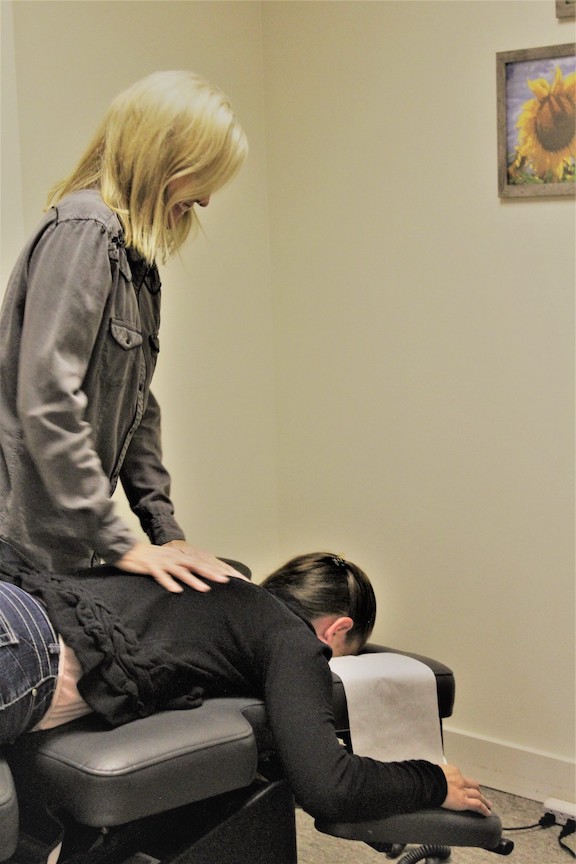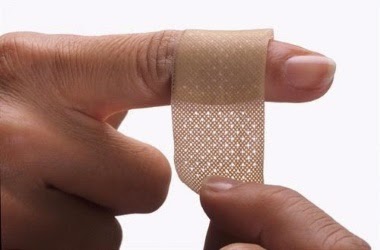Chiropractic Services
We know the more you learn about chiropractic, the more confidence you’ll have that it will work for you. It’s safe. It’s natural. And it works. It’s a simple idea that has stood the test of time and helped millions enjoy relief and better health…
- Many scientific research projects document the effectiveness of today’s chiropractic care.
- Instead of artificially changing your blood chemistry with drugs, natural chiropractic care simply helps restore the integrity of your nervous system.
- Exercise and deep, restful sleep help your body restore, recapture and renew – even correcting some of the subluxations from stresses of the day.
- While many consider common aspirin safe, chiropractic care is more than 100 times safer!
- There are many ways to adjust the spine. Regardless of the method used, chiropractic enjoys high levels of patient satisfaction.
- Newborns and infants are adjusted with about as much pressure as you’ed use to test the ripeness of a tomato.
- Be careful that you don’t allow the profit motives of an insurance carrier to dictate what’s best for your health and well-being!

Does Chiropractic Work for Children?
If the human spine withstands an incredible amount of pressure from everyday activities such as twisting, turning, pulling, and lifting, imagine the stress an active, playful child can put on his spine.
A child’s growing, developing body can receive more stress in a single day than many adults receive in an entire year.
It’s no wonder that in a study of adolescent children, 30.4% reported a history of low back pain and 22% had pain within the last 12 months.
In addition, as your child grows and becomes more active, especially in athletics, accidents and injuries will happen. This is why chiropractic care is important to the growing child.
How Chiropractic Helps
Just as a spinal misalignment in an adult can disrupt proper nerve flow and cause many disorders, so can a subluxation in your child’s spine. This disruption often leads to lowered resistance to disease and can cause reduced function within the body.
This is why a spinal checkup for your child should be included as part of your yearly well-child examinations. Many common childhood ailments that used to be thought of as phases a child goes through, or inherent in children are now being traced to spinal misalignments. In addition, chiropractors have successfully treated colic, tonsillitis, bed wetting, allergies, asthma, and hyperactivity.
Don’t let a treatable injury or subluxation become a life-long problem for your child. Make regular chiropractic checkups part of your child’s health care program.
Relief Care vs. Corrective Care

What is relief care?
Relief care is that care necessary to get rid of your symptoms or pain, but not the cause of it. It is the same as drying a floor that was getting wet from a leak, but not fixing the leak.
Why choose only relief care?
Many times a person chooses relief care ONLY due to failure to under-stand the benefits of corrective care. Corrective care can cost less over time while leading to a more permanent result.
For some people, however, relief care may be the unavoidable choice of care due to financial circumstances or personal priorities.
What is Corrective Care?
Corrective care is necessary not only to relieve or reduce a person’s pain or symptoms, but also to remove the actual cause of the problem.
For example, a person might have headaches which resulted from a misaligned vertebra in the neck which causes irritation to a nerve. The irritated nerve can cause an effect which is a reduction in blood supply to the head which in turn results in a headache.
Corrective care differs from relief care in that its goal is to get rid of the symptoms or pain while correcting the cause of the problem as well. Corrective care varies in its length or time, but is more lasting.
How long does corrective care take?
Not everyone can reach complete correction. Sometimes a person’s problem has reached a point that complete correction is impossible. Your doctor will inform you of the severity of your problem and if correction is possible. If complete correction is not possible, then a program to bring your health up to its greatest potential will be explained.
If correction is possible, it normally takes one to six months of intensive care followed by three to fifteen months of stabilization. Correcting a person’s structure is similar to pouring cement into a mold. If you remove the mold before the cement hardens, you lose the object you want to create.
After the intensive phase of corrective care, visits of once a week to once every two months are necessary to hold your structure in place until it stabilizes. As cement requires time to stabilize, so does your spine. Your doctor can best determine your individual needs.
What kind of care do you choose?
Relief care focuses on the symptoms: the headaches. Relief care would be similar to taking aspirin which, although it may be temporarily alleviate the headaches, does nothing to correct the cause.
Corrective care focuses on making certain the vertebra, the cause, is corrected and therefore the headaches, the result, are gone.
The difference between relief care and corrective care can be illustrated by the following. Let’s say your house is cold because your furnace not producing heat. For relief care you could buy an electric heater which could take care of the immediate discomfort. In the long run, however, running an electric heater is both less effective and more expensive than fixing the furnace.
Correction would have been to simply fix the furnace. Although it may have cost more initially, it would save you money in the long run.
If your choice is to receive relief care, please inform your doctor. Three arrangements are necessary to receive full benefit from this phase of care.
- Once You Feel Better – Do not dismiss yourself from care. However, tell the doctor.
- Do Not Dismiss Yourself – Once relief has been obtained, inform your doctor and a no cost re-examination will be done to update your records.
- A Checkup ~ A Must – We will schedule you for a checkup within several months to detect any potential return of the problem.
Great Reasons to Continue Care
Continue Your Progress – Research shows that ligaments and muscles supporting the spine take longer to heal than the pain or symptoms last. Continuing care encourages your spine to heal completely and faster than on-again, off-again treatments.
Prevent A Relapse – Without continued chiropractic care, your muscles and vertebrae will return to their unhealthy positions. Part of the corrective care phase retrains and strengthens muscles to assume a more corrective position.
Continue Care for Maximum Results
Relief Care – Temporary relief of pain or symptoms.
End Product: Temporary relief.
Corrective Care – Not only includes feeling better, but correcting the CAUSE of the problem in the first place. This phase includes realigning the spine, thereby greatly improving function and energy.
End Product: Relief from pain and symptoms in the body. Total body realignment. Greatly improved body function and energy.
Maintenance Care – Keeps the body moving forward and prevents problems from occurring. It is designed on an individual basis.
End Product: Ideal health scenes, great energy and endurance, lifetime health care.
Now Scheduling Appointments
Click the button below to schedule your appointment TODAY!
Contact
Location: Suncrest Outpost
Address: 5978 Hwy 291, Suite 2
Nine Mile Falls, WA 99026
Email: suncrestchiro@gmail.com
Phone: 509.934.1981
Hours
Monday : 8 am – 6 pm
Tuesday : 8 am – 5 pm
Wednesday : 8 am – 6 pm
Thursday : 8 am – 5 pm
Friday : 9 am – 3 pm
Saturday : Closed
Sunday : Closed